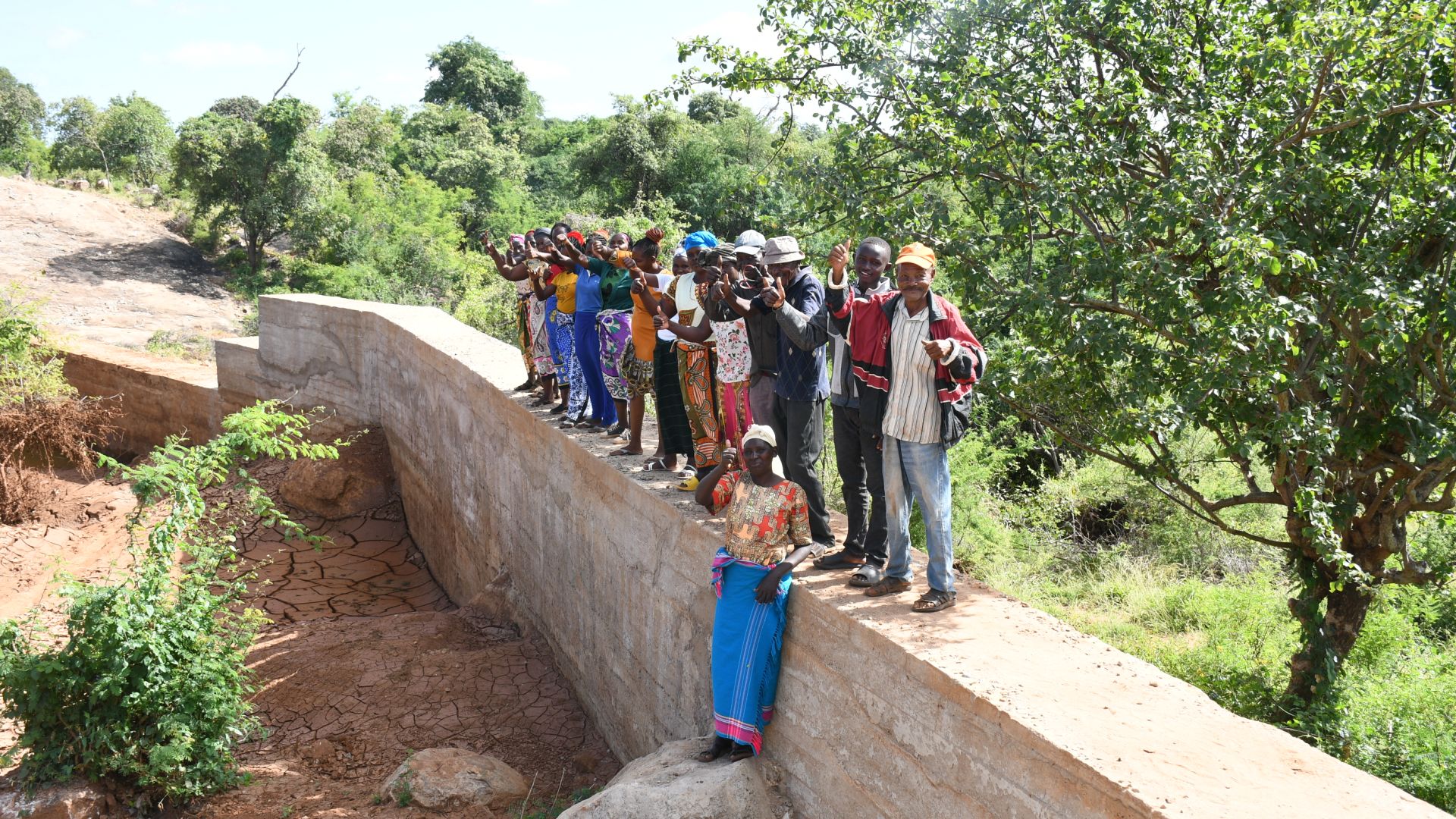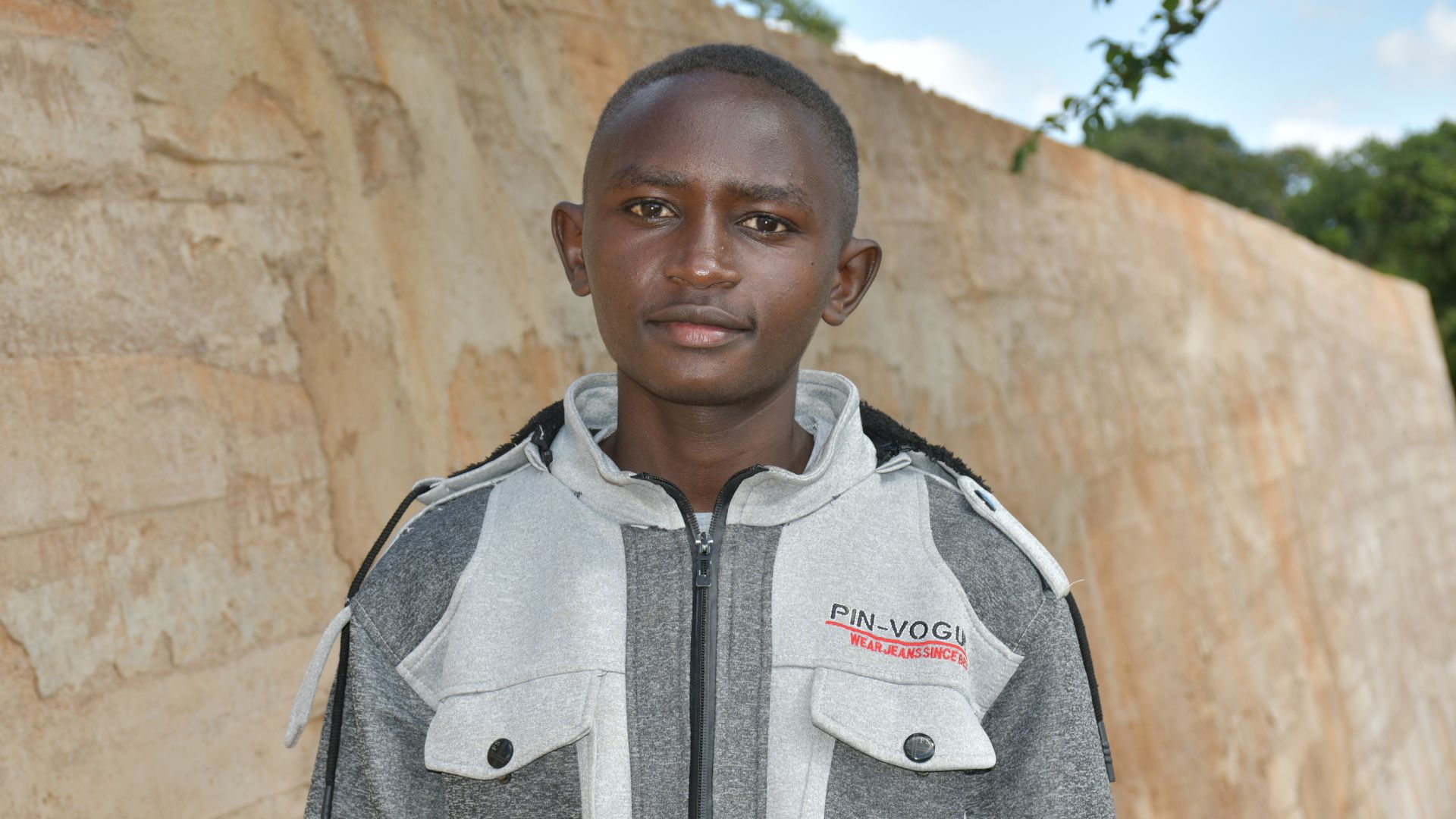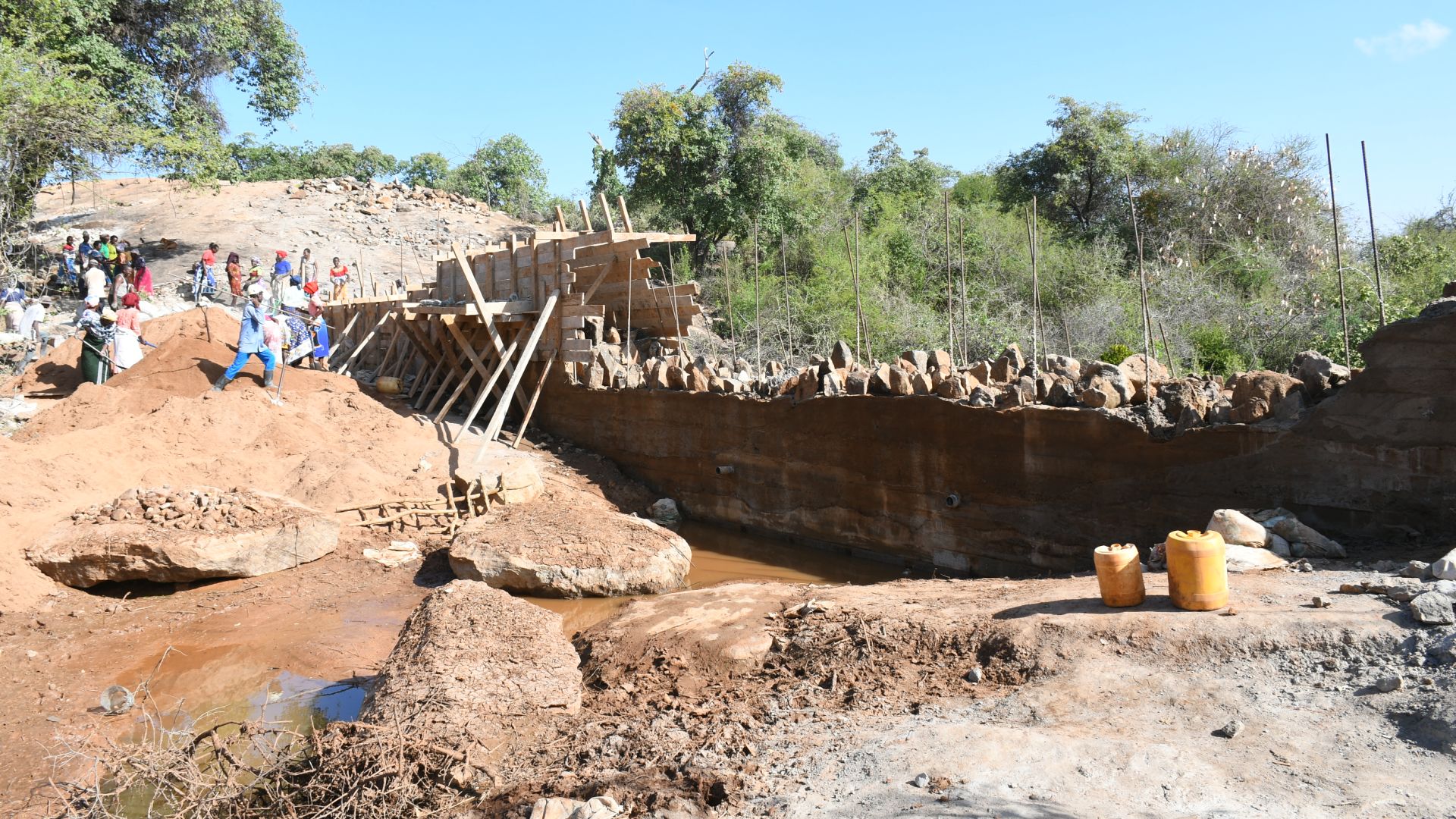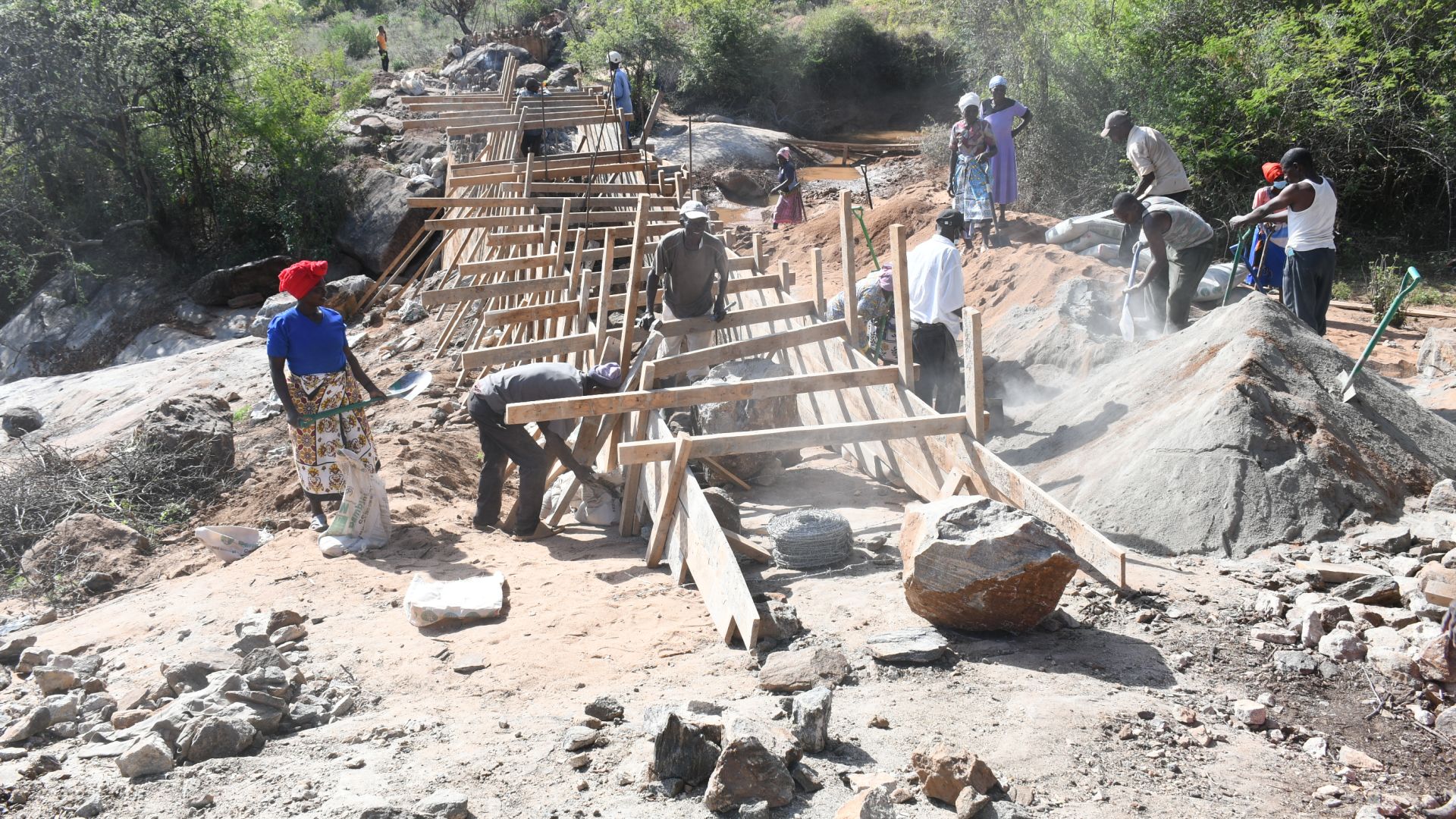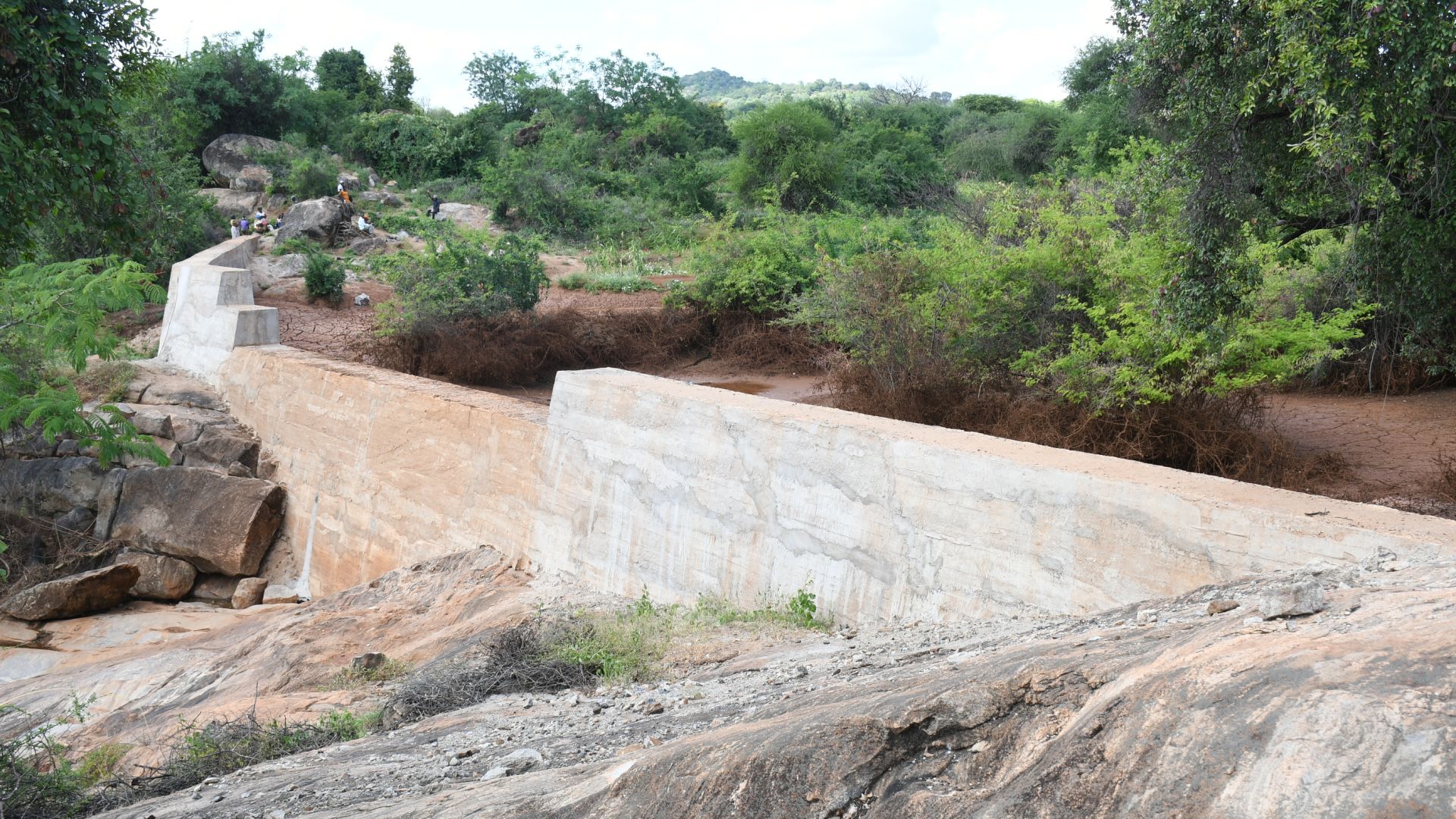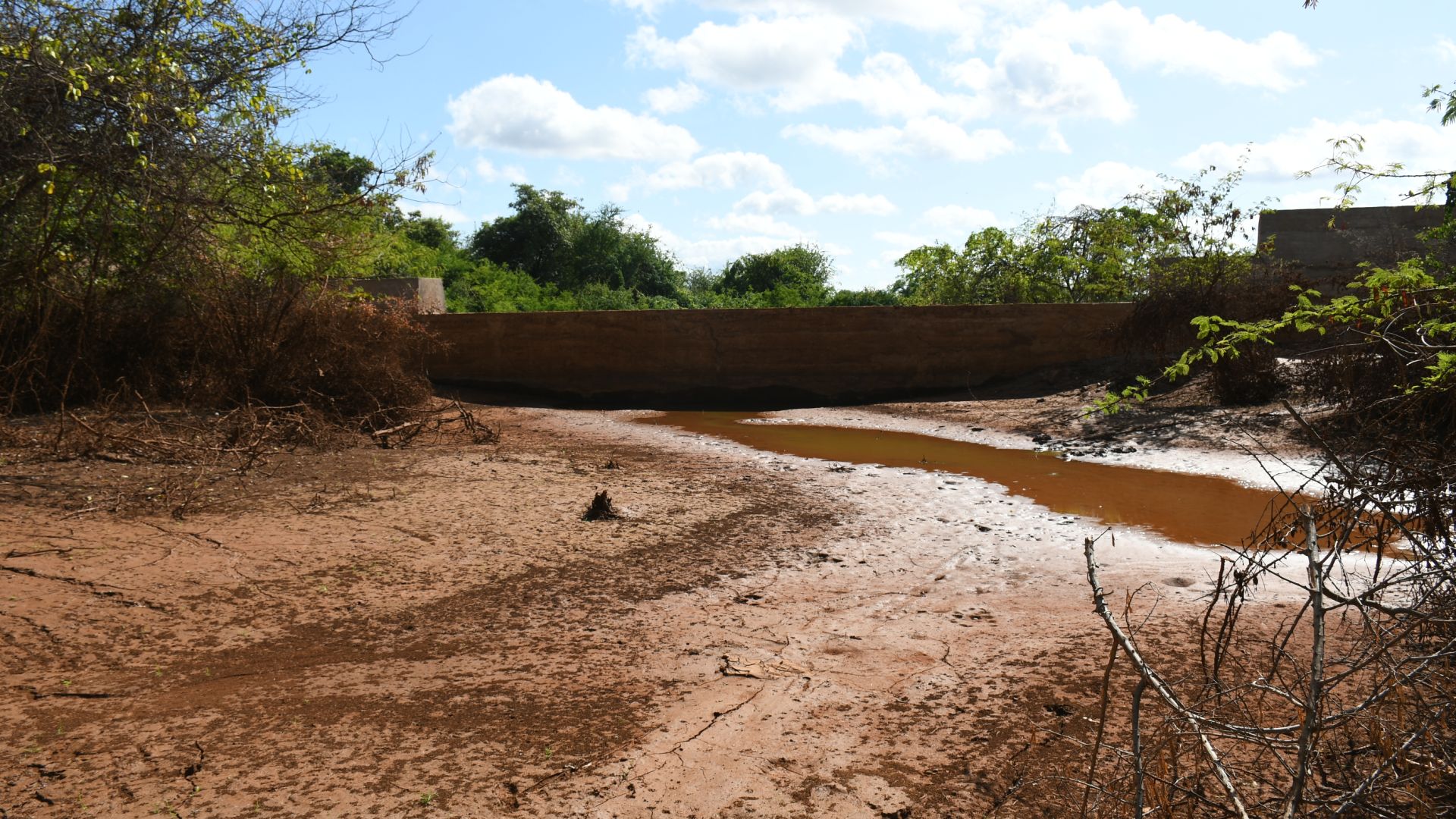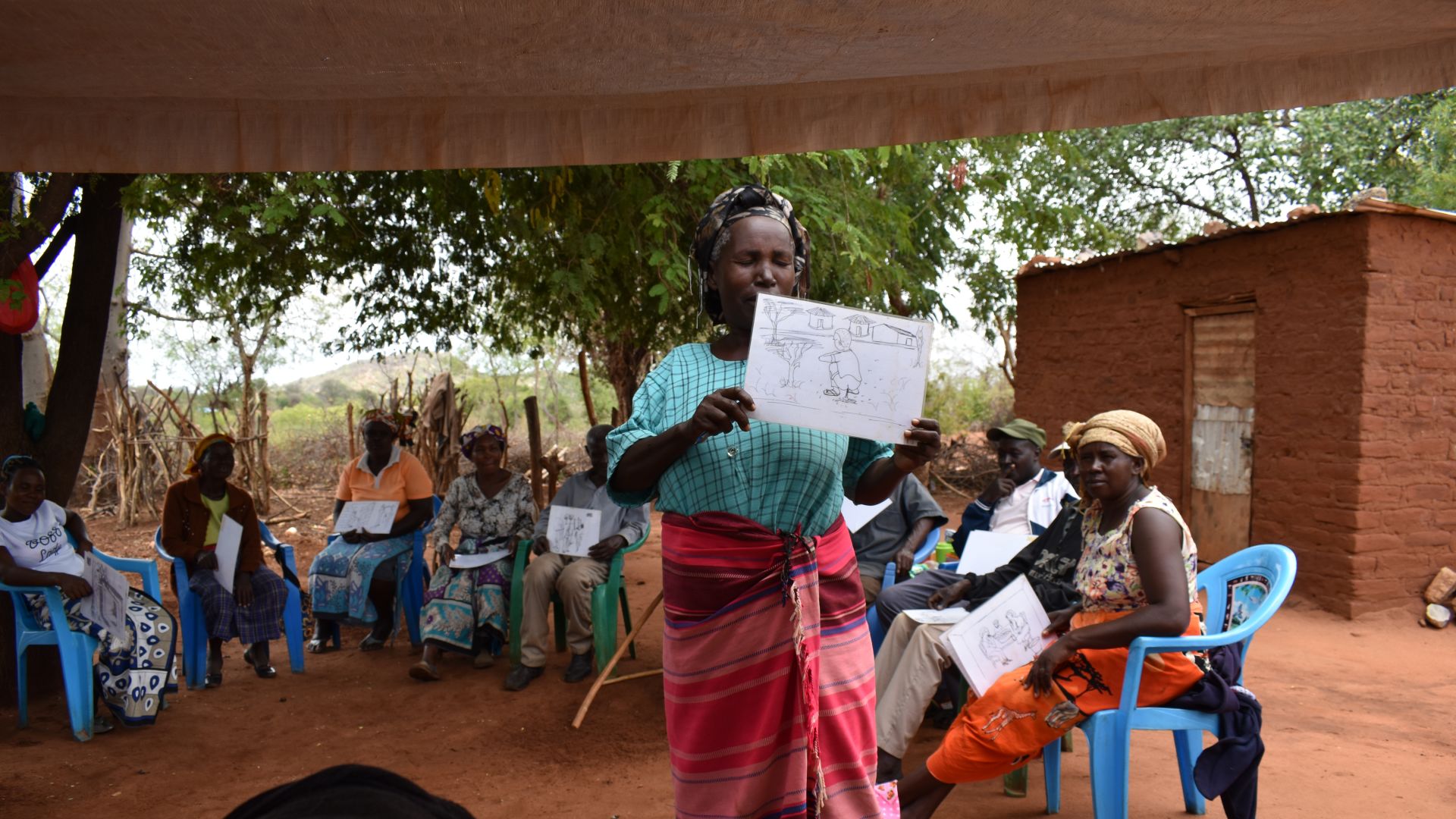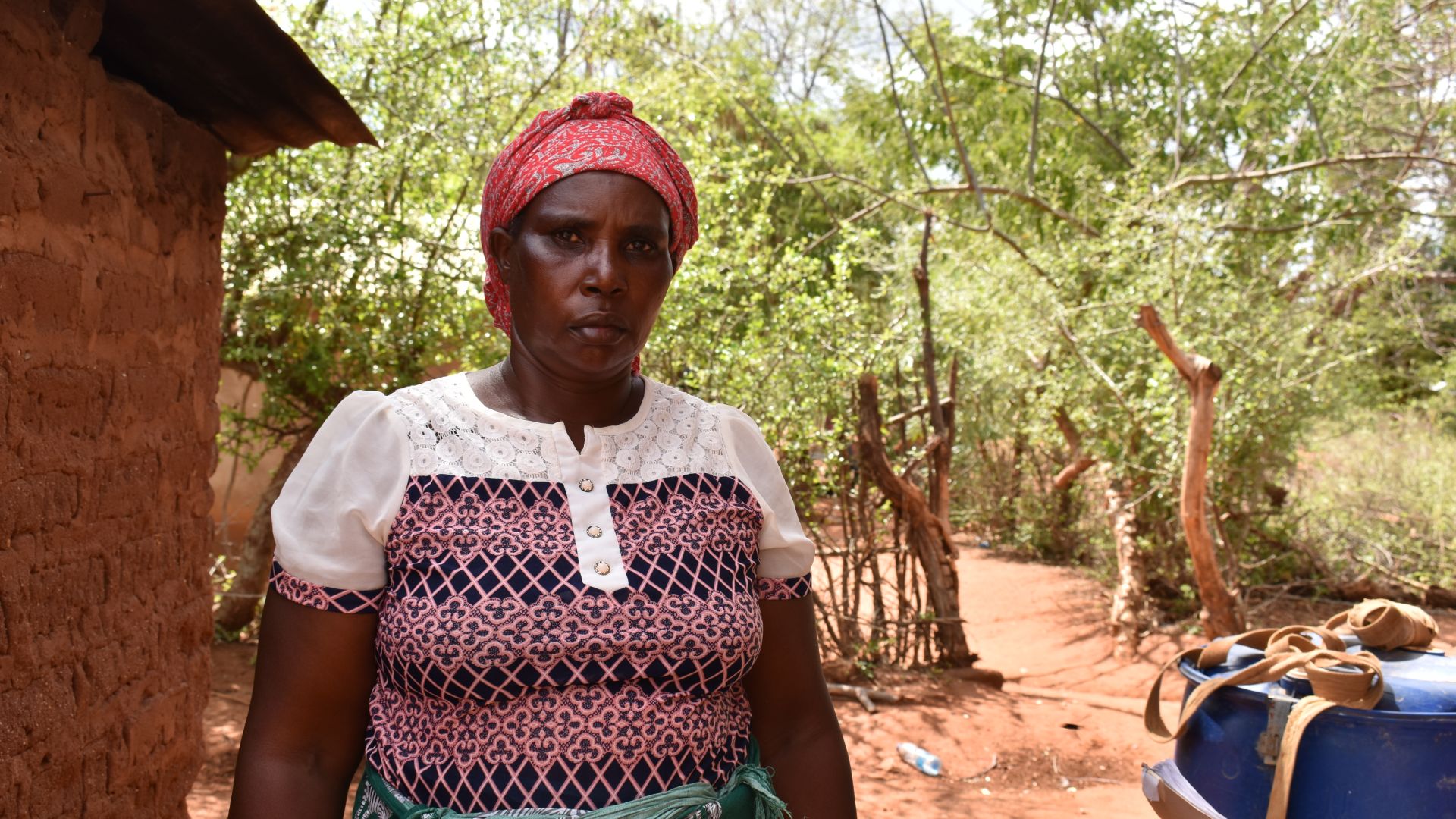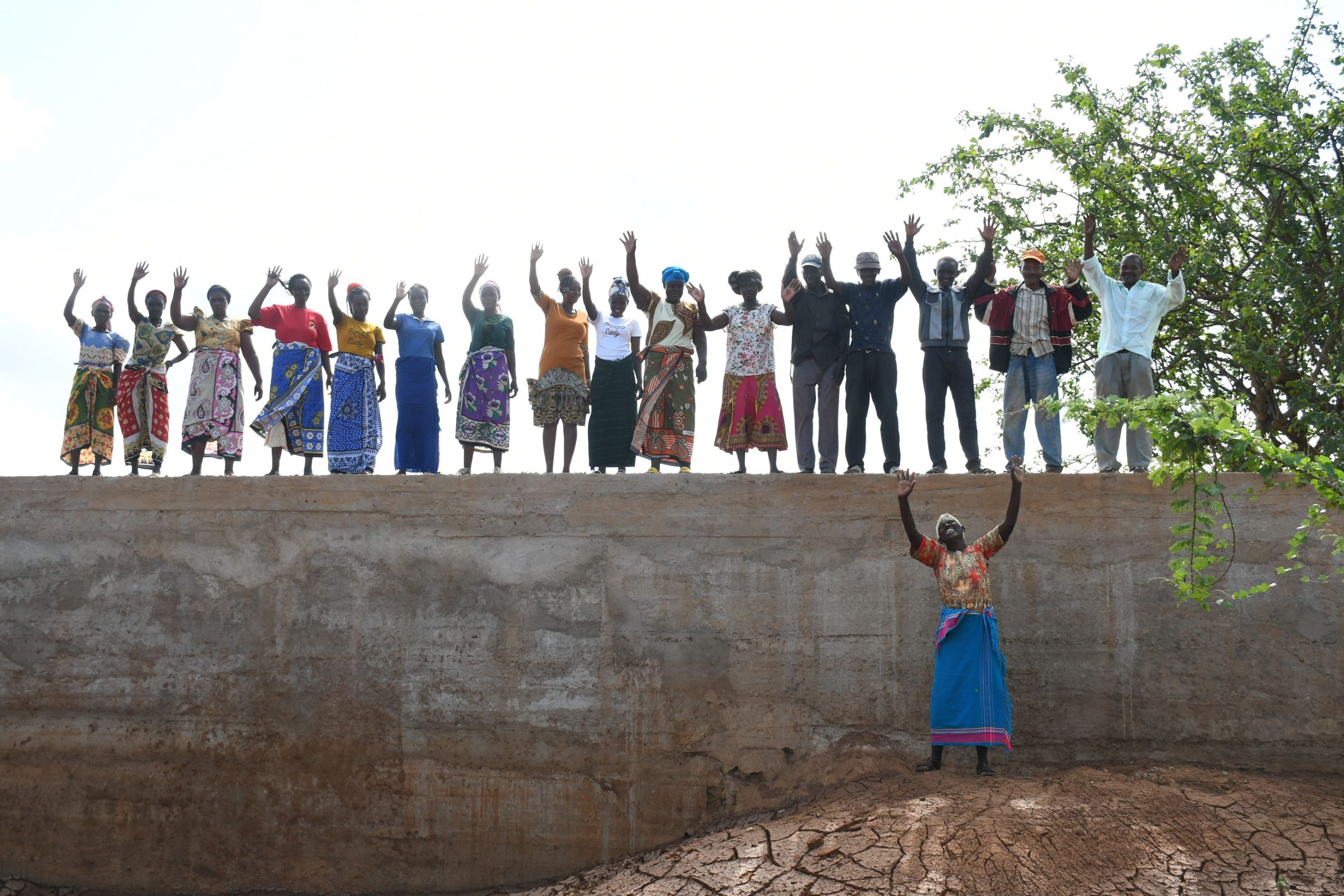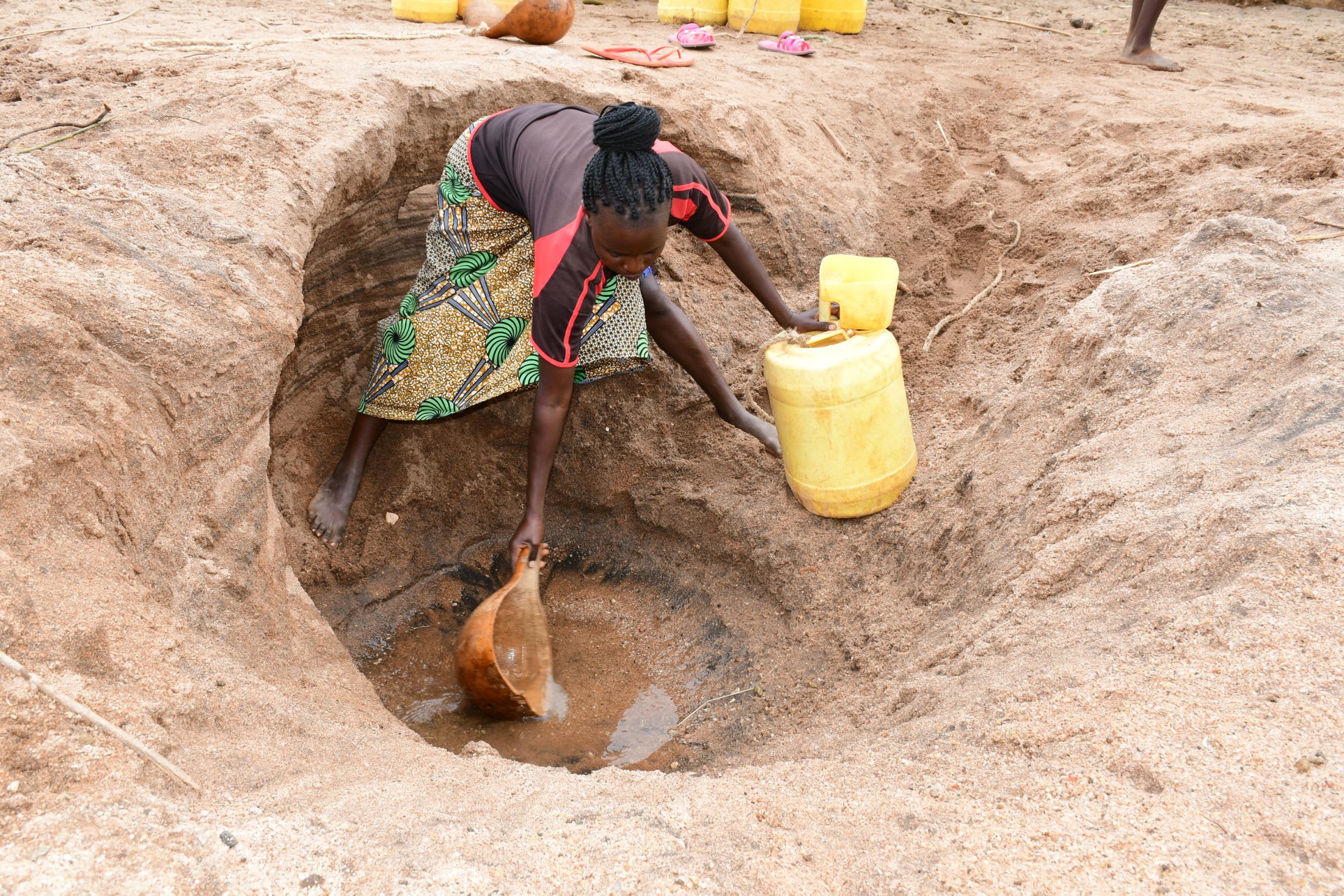The Syandu Community is in a semi-arid region of Southeast Kenya. The 3,000 people living here deal with a daily water crisis. They struggle to collect sufficient water to meet their daily needs because drought is common, and the area is mostly bare, rocky, and dusty.
Community members mostly rely on faraway scoop holes dug into dry river beds for their daily water. Reaching the water source consumes much of their daily time and energy. They are also wide open to contamination, and as a result, people often report suffering from water-related illnesses after consuming the water.

Walking to collect water.
"Getting water from the current water points is tiresome because they are located far away, which leaves little time and effort to focus on activities like conducting household chores, cultivating their lands, or taking care of their cattle. Hygiene and sanitation have severely been affected because residents barely get enough water for cooking or drinking, let alone performing hygiene duties. The financial status of the community members has been negatively impacted by the water scarcity because it is very difficult to conduct farming without water," shared Field Officer Alex Koech.

Doreen Naomi.
Twenty-five-year-old farmer Doreen Naomi is familiar with the daily challenge of finding enough water. It can sometimes take her up to two hours per trip, which limits her to only two visits per day, making water scarce for her family.
"Water is life; without water, life is very difficult. It is difficult to take care of my children when there is no water for my crops, which makes it hard to feed them or [pay] school fees. Water is crucial for us because we need it for drinking, cooking, irrigating our crops, and also for our animals," said Doreen.
It can also become dangerous to collect water from the scoop holes. The whole community relies on them, so they get deeper and deeper as people dig down to find water. Especially during the drought season. Eventually the holes get so deep people must stand in them to collect water, risking it all caving in on top of them.
"The water source is located very far away through bushes, and walking alone is a risk. We experience several months of drought, and many people depend on this source. Sometimes, one has to wait for water to accumulate in the scoop hole, which takes longer during the drought period because many people depend on the scoop hole, which diminishes in quantity as the drought progresses."

Doreen collects water from a scoop hole.
Doreen needs access to a closer waterpoint that can provide sufficient water to meet her daily needs while still allowing her the time and energy to attend to her crops and her family's livelihood. She needs water she can rely on to meet her family's needs without stealing their health.
Solving the water crisis in this community will require a multifaceted system that will work together to create a sustainable water source that will serve this community for years to come.
Steps Toward a Solution
Our technical experts worked with the local community to identify the most effective solution to their water crisis. Together, they decided to construct a sand dam and dug well.
Sand Dam
Sand dams are sought-after, climate-smart, and lasting water solutions providing hope and resilience to communities in arid Southeastern Kenya. Think of them like giant sandboxes constructed in seasonal rivers that would typically quickly dry up after the rainy season. Instead of holding water like traditional dams, they collect sand and silt.
When infrequent rains do come, these dams catch a percentage of the river's flow, letting most of the water continue downstream to other communities. But here's the magic: the sand they collect acts like a natural filter, holding onto water long after the river's gone dry. Then, wells are constructed nearby, creating a reliable water source even during the driest times.
And the benefits don't stop there! In communities impacted by climate change, sand dams replenish groundwater and prevent soil erosion. Even during severe droughts, the consistent water supply from these sand dams allows farmers to thrive, giving way for enough food not only for their families but also to sell in local markets.
The most remarkable aspect of sand dams is how they involve the local community every step of the way, giving them a sense of ownership and pride in solving their own water shortage and managing their own water resources.
This sand dam will be connected to a dug well to make the water more accessible.
Community Education & Ownership
Hygiene and sanitation training are integral to our water projects. Training is tailored to each community's specific needs and includes key topics such as proper water handling, improved hygiene practices, disease transmission prevention, and care of the new water point. Safe water and improved hygiene habits foster a healthier future for everyone in the community. Encouraged and supported by the guidance of our team, a water user committee representative of the community's diverse members assumes responsibility for maintaining the water point, often gathering fees to ensure its upkeep.

 Sand Dam
Sand Dam
 Rehabilitation Project
Rehabilitation Project












